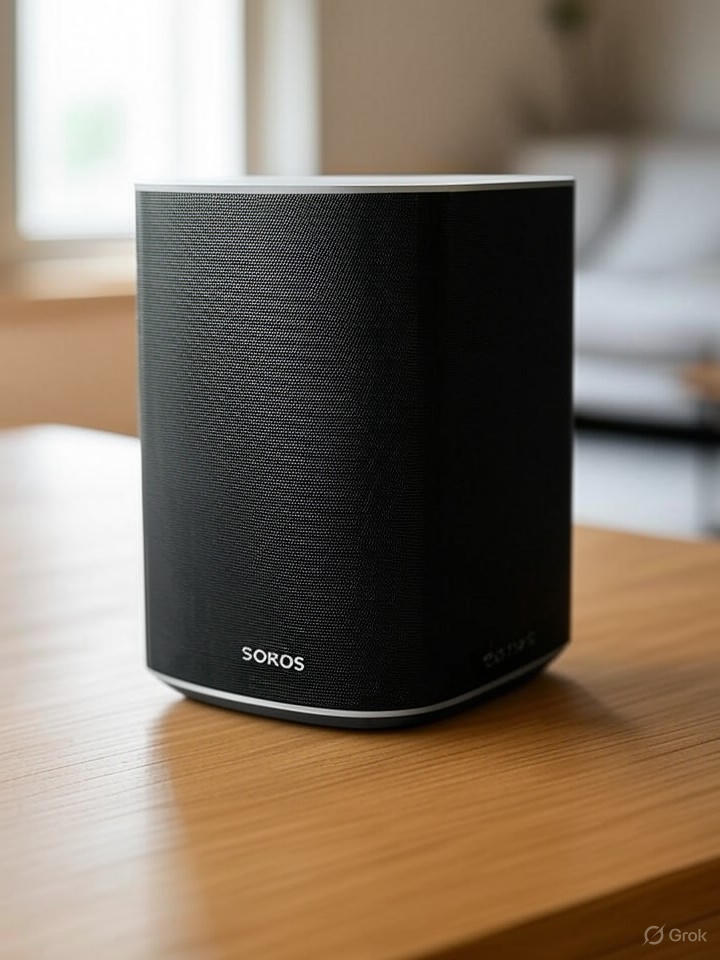Sonos Inc., the premium audio equipment maker, is set to increase prices on its products later this year, a move driven by escalating tariffs on imports from key manufacturing hubs. Chief Executive Tom Conrad confirmed the decision during a recent earnings call, attributing the hikes to new trade barriers imposed on goods from Vietnam and Malaysia. This development comes as the company navigates a challenging recovery from prior setbacks, including software glitches that alienated customers.
The tariffs, part of broader U.S. trade policies under the Trump administration, target countries that have become alternatives to China for electronics production. Sonos, which relies heavily on Southeast Asian supply chains for its speakers and sound systems, faces increased costs that it plans to pass on to consumers. Conrad emphasized that while the company is exploring mitigation strategies, price adjustments are inevitable to maintain margins.
Tariffs’ Ripple Effect on Supply Chains
Analysts note that these tariffs, announced earlier in 2025, aim to encourage domestic manufacturing but often result in higher consumer prices. According to a report from Bloomberg, Sonos’s decision threatens to complicate its comeback after a tumultuous 2024 marked by a flawed app redesign that led to revenue declines. The company reported a drop in sales in its latest quarter, as detailed in coverage from The Verge, highlighting ongoing vulnerabilities.
For industry insiders, this price hike underscores the fragility of global supply chains in the consumer electronics sector. Sonos has diversified away from China to avoid previous tariff waves, but the new measures against Vietnam and Malaysia—where much of its assembly occurs—leave few immediate alternatives. Executives have hinted at potential shifts to U.S.-based production, but such moves require significant investment and time.
Historical Precedents and Company Strategy
This isn’t Sonos’s first encounter with pricing pressures. Back in 2021, the company raised prices amid a global supply chain crunch, as reported by The Verge, increasing costs for popular items like its soundbars by up to 10%. More recently, Sonos permanently lowered prices on models such as the Era 100 speaker to $199 to stimulate demand, per another Verge article, showing a pattern of tactical adjustments.
Strategically, Sonos is focusing on premium positioning to justify higher tags. Conrad outlined plans to enhance product features, like improved integration with streaming services, to retain loyalty among audiophiles. However, insiders worry that repeated hikes could erode market share, especially as competitors like Bose or Apple offer alternatives without similar tariff exposures.
Broader Industry Implications
The tariff fallout extends beyond Sonos, affecting peers in gaming and tech. Sony Corp. is considering PS5 price increases or U.S. manufacturing shifts to offset costs, as noted in a Verge report from May 2025. Similarly, Nintendo faces potential hikes for its Switch 2 console, with shares tumbling amid tariff news, according to Gadgets 360.
DJI, the drone maker, has already implemented steep increases on products like the Osmo Pocket 3, jumping from $519 to $799 in the U.S., as covered by The Verge. These examples illustrate a sector-wide squeeze, where companies must balance profitability with consumer affordability.
Outlook for Sonos and Consumers
Looking ahead, Sonos aims to minimize the hikes’ scope, possibly limiting them to select products while accelerating innovation. Conrad suggested that investments in software updates could offset some dissatisfaction, building on the company’s recovery efforts post-2024 app issues.
For consumers, this means preparing for pricier home audio setups, potentially shifting demand toward budget options or delaying purchases. Industry experts predict that if tariffs persist, more firms will follow suit, reshaping pricing dynamics across electronics. Sonos’s ability to weather this storm will depend on its agility in supply chain reconfiguration and maintaining its reputation for superior sound quality.




 WebProNews is an iEntry Publication
WebProNews is an iEntry Publication